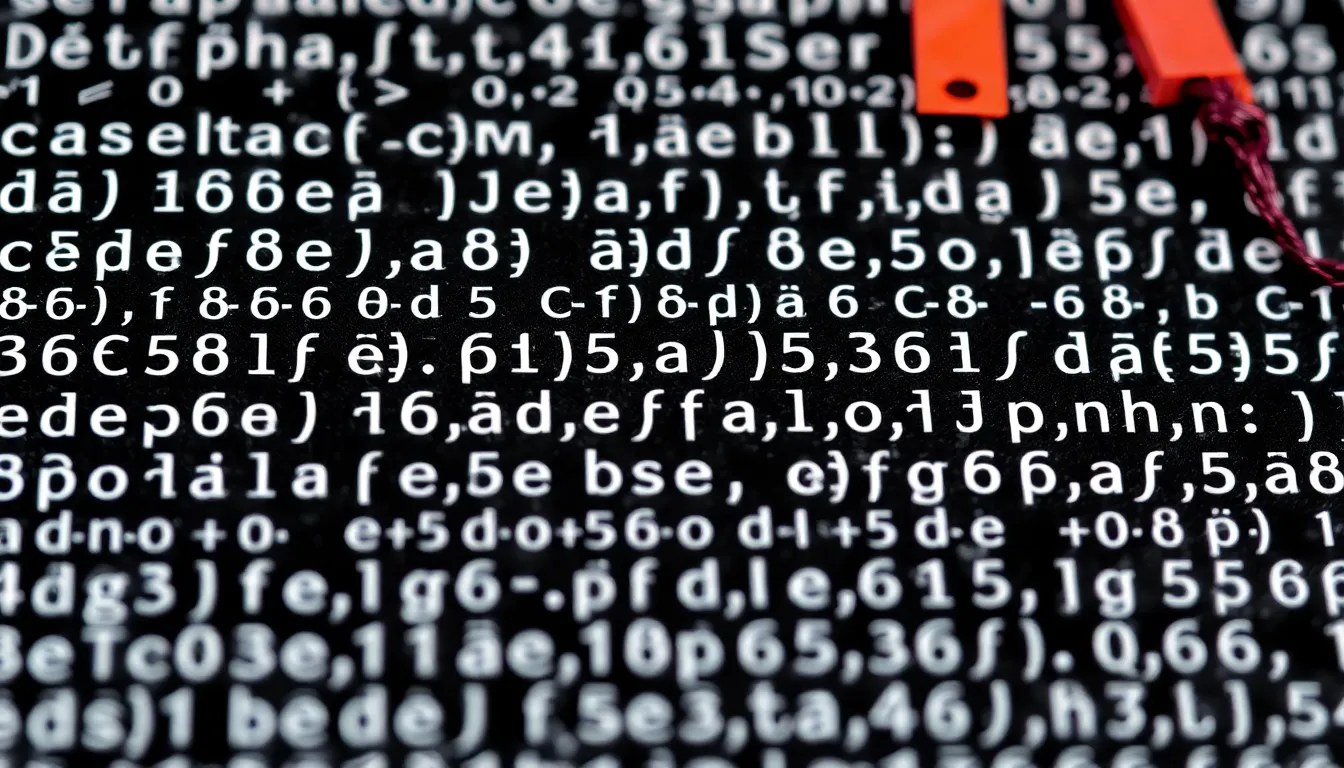
Captured groups in regular expressions are like bookmarks inside your pattern. They let you isolate specific parts of a string that match a certain subpattern, so you can reuse or reference them later. This very important when you want to extract data or perform complex replacements without multiple passes over the text.
Ponder of parentheses () as the mechanism to create these groups. When a regex engine processes your pattern, anything inside parentheses is saved in a numbered group, starting at 1. Group 0 always refers to the entire match.
For example, ponder the regex (d{3})-(d{2})-(d{4}), which might match a social security number format. Here, you have three captured groups: the first three digits, the two digits after the dash, and the last four digits. After a successful match, these groups are accessible separately, allowing precise extraction.
Understanding how these groups are numbered and accessed is key. In most programming languages, after matching, the groups are stored in an array or similar structure. For instance, in Python’s re module, match.group(1) gives the first captured group, match.group(2) the second, and so on.
Captured groups also allow nested grouping, meaning you can have groups inside groups. The numbering is based on the order of the opening parentheses from left to right, regardless of nesting depth. This can be a source of confusion if you overcomplicate your regex with many nested groups.
Another subtlety is that groups can be optional or repeated. If a group doesn’t participate in a match, its value might be None or an empty string, depending on the language. So always check if the group matched before using its content.
Look at this Python snippet to get a feel for how captured groups behave:
import re pattern = re.compile(r"(w+)@(w+).(w+)") text = "Contact me at [email protected] for details." match = pattern.search(text) if match: print("Full match: ", match.group(0)) print("Username: ", match.group(1)) print("Domain: ", match.group(2)) print("TLD: ", match.group(3))
This extracts parts of an email address into distinct components, which you can then manipulate individually. The power here is in isolating those fragments without resorting to manual string slicing or splitting.
One thing to keep in mind is that capturing groups can affect performance slightly if overused or if the regex engine has to backtrack extensively. It is often a balance between clarity and efficiency. If you don’t need to capture a group, use non-capturing parentheses (?:...) to avoid unnecessary overhead.
Finally, captured groups aren’t just about extraction – they enable backreferences, which allow you to enforce repetition or symmetry in your matches. For example, matching a word that appears twice consecutively requires referencing the first captured group later in the pattern. This capability makes regex a potent tool for pattern matching beyond simple substring search,
Now loading...
Implementing backreferences for efficient pattern matching
To implement backreferences effectively, you need to understand how to reference previously captured groups within the same regex pattern. That is accomplished by using a backslash followed by the group number, like 1 for the first group, 2 for the second, and so forth. The ability to refer back to a group allows for powerful matching scenarios, enabling checks for repeated patterns.
For example, if you want to match a word that is repeated consecutively, you can use a pattern like (w+)s+1. Here, (w+) captures a word, s+ matches one or more whitespace characters, and 1 refers back to the first captured word. This regex will successfully match instances of “hello hello” or “test test”.
Here’s a practical Python code snippet demonstrating this:
import re
pattern = re.compile(r"(w+)s+1")
text = "This is a test test case."
match = pattern.search(text)
if match:
print("Matched phrase: ", match.group(0))
print("Repeated word: ", match.group(1))
This example will yield “test test” as the matched phrase and “test” as the repeated word. The use of backreferences simplifies the process of identifying redundancy in text, which can be especially useful in data validation scenarios.
Backreferences are not limited to simple repetitions. They can also help in complex matching situations, such as validating parentheses in expressions. For instance, you can create a regex pattern to ensure that each opening parenthesis has a corresponding closing one, using backreferences to track the positions of the opening parentheses.
Consider the regex pattern (()([^()]*)()). Here, you capture the opening parenthesis, match any characters that are not parentheses, and then match the closing parenthesis. You can enforce that the closing parenthesis corresponds to the opening one by using backreferences in more intricate patterns.
Here’s a code example for validating balanced parentheses:
import re
pattern = re.compile(r"(()([^()]*)())")
text = "(some text) and (another text)"
matches = pattern.findall(text)
for match in matches:
print("Found match: ", match)
This will find every instance of a balanced pair of parentheses along with the text in between. The backreference mechanism allows you to build complex constructs that ensure the integrity of your patterns.
Keep in mind that excessive use of backreferences can lead to performance hits, particularly in cases where the regex engine has to backtrack significantly. Always strive for balance in your regex designs, ensuring that they are both efficient and maintainable.
Backreferences expand the capabilities of regex beyond mere matching, allowing for sophisticated checks and validations that can streamline data processing and text manipulation tasks.
Source: https://www.pythonlore.com/backreferences-in-regular-expressions-using-captured-groups/





